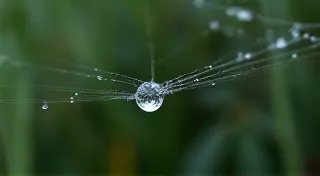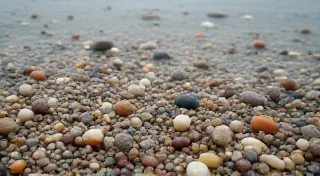Echoes of Empire: Colonial Influences on Victorian Button Design
The quiet gleam of an antique button can hold within it a history far grander than its diminutive size suggests. As a collector of Victorian buttons, I’ve often been struck by the seemingly endless variety of patterns and motifs, a dizzying display of craftsmanship and artistry. But beyond the aesthetic beauty lies a deeper story – one interwoven with the threads of the British Empire and the profound impact of colonial encounters on design and manufacturing. It’s a story of trade, appropriation, and a fascinating, often complicated, exchange of ideas.
My own fascination began with a simple jet button, its dark, lustrous surface mirroring the somber elegance of the Victorian era. Holding it, I felt a tangible connection to a time vastly different from our own, a world of burgeoning industry, rigid social hierarchies, and, of course, a vast colonial dominion. It wasn’t just a button; it was a tiny portal to the past, whispering tales of far-flung lands and the lives of those who wore them.
The Raw Materials of Empire
Understanding the influence of colonialism on Victorian button design begins with appreciating the global reach of the British Empire. The Empire wasn’t just about political control; it was a colossal trading network, funneling raw materials from across the globe to fuel the industries of Britain. Buttons, like other manufactured goods, were intrinsically linked to this system.
Consider horn buttons, so prevalent in Victorian attire. While horn was, of course, available in Britain, the massive scale of button production demanded a far greater supply. India, with its abundant cattle population, became a primary source. The horns were processed and shipped to British factories, where they were skillfully turned into the familiar circular forms. The sheer volume of horn imported speaks volumes about the economic and political power Britain wielded in the region.
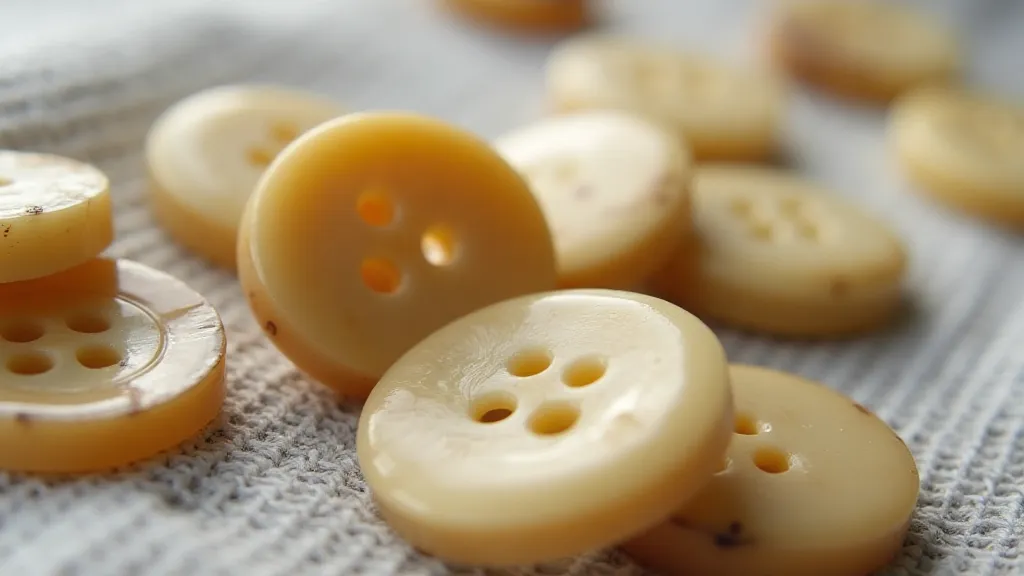
Mother of pearl, with its iridescent shimmer, was another coveted material. Primarily sourced from the shells of oysters and mollusks found in the waters surrounding the East Indies (modern-day Indonesia and Malaysia), the arduous process of harvesting and processing these shells was integral to the colonial enterprise. The beauty of these buttons, so often adorning elegant gowns and military uniforms, was born from a complex web of labor and trade.
Motifs and Designs: A Cross-Cultural Exchange
The impact wasn’t limited to raw materials. Colonial encounters also influenced the designs themselves. While Victorian button design adhered to specific aesthetic trends – elaborate floral patterns, geometric shapes, heraldic emblems – subtle hints of non-Western motifs crept in, often reflecting popular imagery brought back by travelers and traders.
Indian designs, for example, found their way onto buttons. Paisley patterns, originally derived from Persian textiles, became unexpectedly popular, finding a place amongst the roses and lilies characteristic of Victorian design. Stylized lotus flowers, representing purity and enlightenment in Hinduism, occasionally graced the surface of horn or bone buttons, demonstrating a curious blending of Eastern and Western aesthetics. These weren't always direct copies; rather, they were often interpreted and adapted to fit within the Victorian design vocabulary.
Military buttons provide particularly intriguing examples. While heraldic designs and regimental crests were standard, some buttons displayed imagery derived from colonial territories. Buttons of the Madras Army, for instance, incorporated symbols and motifs from South Indian culture, a subtle recognition of the local population who served within the British ranks. The presence of these symbols, however small, points to a complex relationship between the colonizers and the colonized.
The Factory Floor: Manufacturing Techniques and Labor
The rise of early button factories played a critical role in this global exchange. Technological advancements in the mid-19th century, such as the introduction of power-driven machinery, allowed for mass production, further fueling the demand for raw materials and facilitating the widespread adoption of imported designs. Early button factories like Peel & Co. in London and others throughout the industrial heartland of Britain became hubs of global trade, processing materials from across the Empire and distributing finished buttons worldwide.
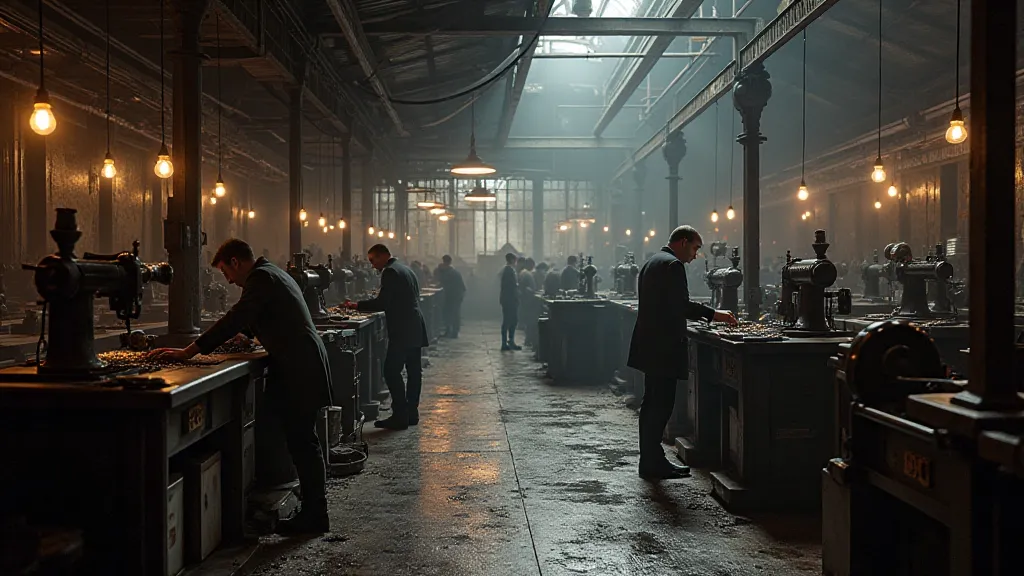
The labor involved in button production was often exploitative, drawing on both British workers and laborers imported from colonies. The conditions in these factories were frequently harsh, mirroring the broader inequalities inherent in the colonial system. While a romanticized view of Victorian craftsmanship is easy to embrace, acknowledging the darker realities of the labor practices adds crucial context to the appreciation of these objects.
The Legacy: Preserving the Echoes
As a collector, I find the study of Victorian buttons to be far more than a hobby; it’s a journey through history, a chance to connect with a complex and often contradictory past. Each button, no matter how small or seemingly insignificant, holds a piece of the story – a testament to the global reach of the British Empire and the profound impact of colonial encounters on design and manufacturing.
Identifying these influences requires careful observation and research. Look for unusual motifs, investigate the materials and their origins, and consider the historical context in which the button was produced. Understanding the story behind the button enhances its beauty and provides a deeper appreciation for the artistry and the history it represents.
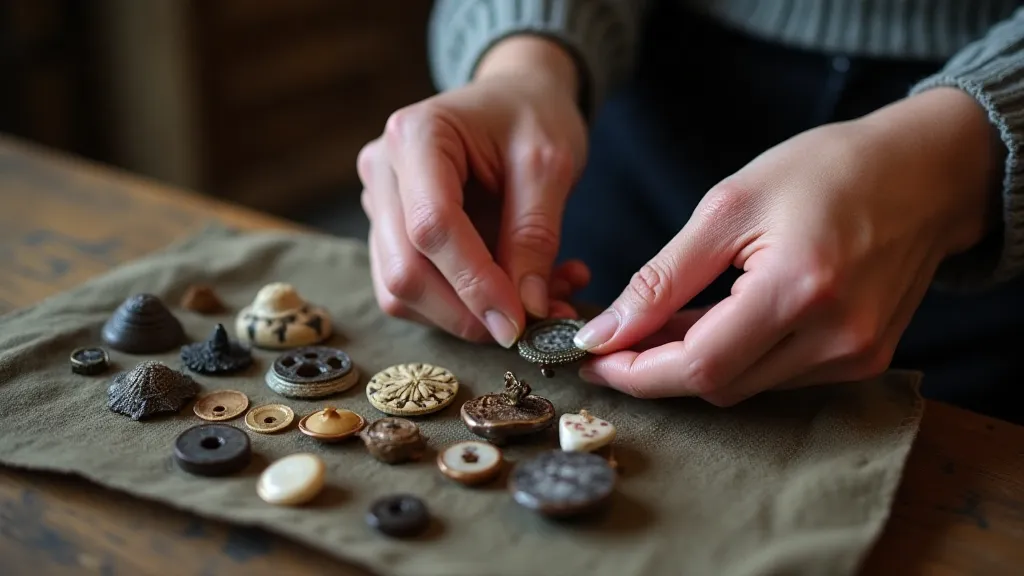
Restoration, when necessary, should be undertaken with respect for the button’s history. Preserving the patina of age is often more valuable than striving for a pristine, factory-fresh appearance. These buttons are tangible links to the past, and their imperfections tell a story of their own.
The echoes of empire resonate within these tiny treasures. By appreciating them not just as objects of beauty, but as windows into a pivotal era of global history, we can gain a deeper understanding of the Victorian world and the enduring legacy of colonialism.




